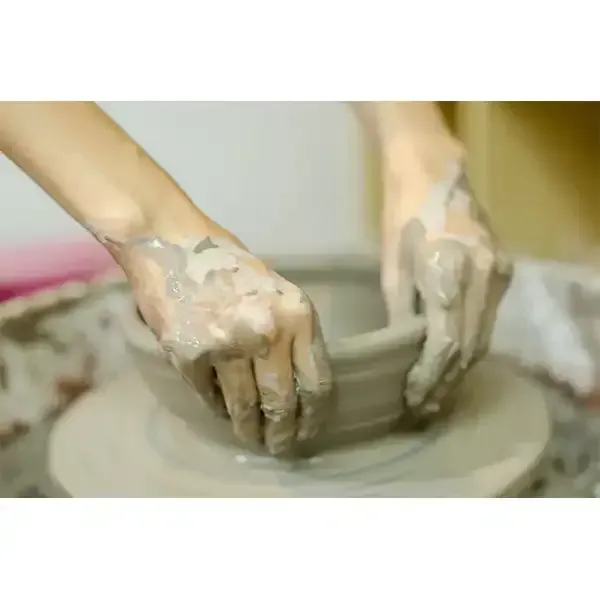The Importance of Ceramic Tile Adhesive in Modern Construction
Ceramic tiles are a popular choice for flooring and wall coverings due to their durability, aesthetics, and ease of maintenance. However, the effectiveness and longevity of ceramic tiles largely depend on the quality of the adhesive used to install them. This article explores the significance of ceramic tile adhesive in modern construction and renovation projects, highlighting its types, applications, and benefits.
Understanding Ceramic Tile Adhesive
Ceramic tile adhesive, often referred to as thin-set mortar, is a specially formulated mixture that serves as a bonding agent between the tiles and the substrate. It is primarily composed of cement, fine aggregates, and additives that enhance performance. The primary function of ceramic tile adhesive is to ensure that the tiles adhere properly to surfaces, providing a strong, lasting bond that can withstand various stresses, including changes in temperature and humidity.
Types of Ceramic Tile Adhesive
There are several types of ceramic tile adhesives available in the market, each designed for specific applications
1. Thin-Set Mortar This is the most common adhesive used for ceramic tiles. It is typically applied in a thin layer (1/16 to 1/8 inch) and is suitable for most residential and commercial applications.
2. Medium Bed Mortar This type of adhesive is thicker than thin-set mortar and is used for larger tiles or uneven substrates. It can support heavier tiles without sagging.
3. Epoxy Adhesive Known for its superior bonding strength and resistance to moisture, epoxy adhesives are ideal for areas exposed to water, such as bathrooms and kitchens. However, they can be more challenging to work with and require more preparation.
4. Modified Thin-Set Mortar This adhesive includes polymer additives that enhance its flexibility and adhesion properties. It is particularly useful in environments with temperature fluctuations and moisture exposure.
Application Process
ceramic tile adhesive

The application of ceramic tile adhesive involves several key steps
1. Surface Preparation The substrate must be clean, dry, and free of debris. Any cracks or imperfections should be repaired to ensure a smooth surface for the tiles.
2. Mixing the Adhesive Following the manufacturer's instructions, the adhesive is mixed to the appropriate consistency. Proper mixing is crucial for achieving the desired bonding strength.
3. Applying the Adhesive Using a notched trowel, the adhesive is spread evenly onto the substrate. The size of the notches depends on the tile size and type of adhesive used.
4. Setting the Tiles Tiles are carefully positioned and pressed into the adhesive. Spacers are typically used to ensure even grout lines.
5. Curing The adhesive needs time to cure properly, which may take 24 to 72 hours, depending on the type of adhesive and environmental conditions. During this time, it is essential to avoid walking on the tiles.
Benefits of Using Quality Ceramic Tile Adhesive
Using a high-quality ceramic tile adhesive offers several benefits
- Durability A good adhesive ensures that tiles bond securely and withstand wear and tear over time. - Flexibility Certain adhesives are designed to accommodate movement, preventing tiles from cracking due to thermal expansion or structural shifts. - Moisture Resistance Adhesives with moisture-resistant properties are essential for installations in wet areas, reducing the risk of mold and mildew.
- Ease of Use Many modern adhesives are user-friendly, allowing both professionals and DIY enthusiasts to achieve a successful installation.
In conclusion, ceramic tile adhesive plays a vital role in the installation of ceramic tiles, impacting not just the aesthetic appeal but also the performance and longevity of the finished surface. Understanding the different types of adhesives and their appropriate applications can help ensure successful tile installations that stand the test of time. Whether for a residential renovation or a commercial project, selecting the right ceramic tile adhesive is crucial for achieving optimal results.
-
A Comprehensive Guide to Methyl Ethyl Hydroxyethyl Cellulose: Applications and Industry InsightsNewsNov.24,2025
-
Understanding Methyl 2 Hydroxyethyl Cellulose: Uses, Benefits & Industry InsightsNewsNov.24,2025
-
Hydroxyethyl Methyl Cellulose HEMC: Industrial Uses, Benefits & Future TrendsNewsNov.23,2025
-
HEMC Cellulose: Versatile & Sustainable Industrial Polymer | YoungcelNewsNov.23,2025
-
Methyl Hydroxyethyl Cellulose: Versatile Building Block for Industry & SustainabilityNewsNov.23,2025
-
CAS 9032 42 2: Understanding Polyvinyl Alcohol's Impact on Industry & SustainabilityNewsNov.22,2025




